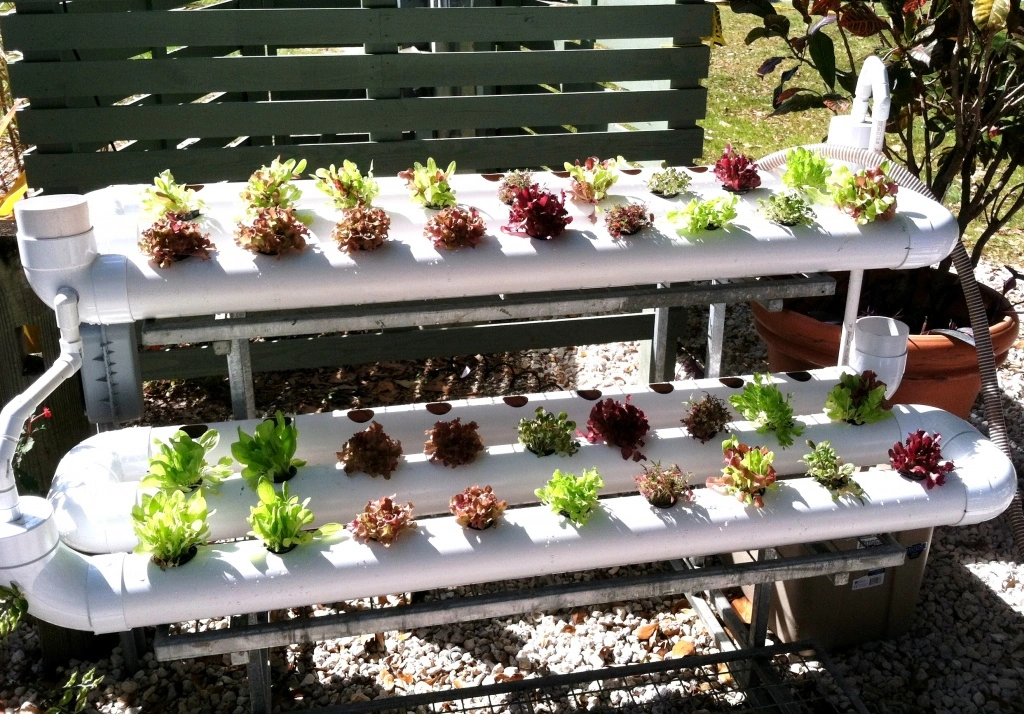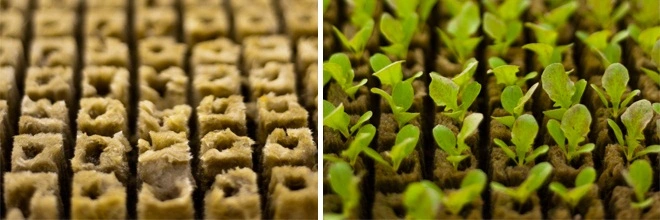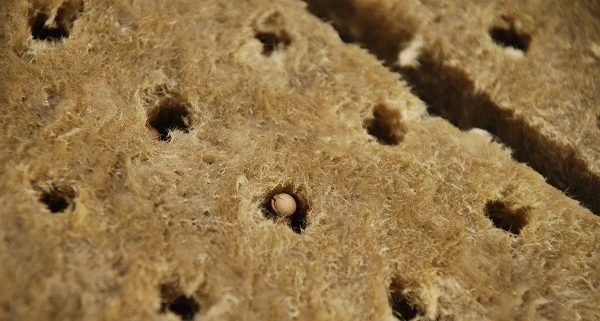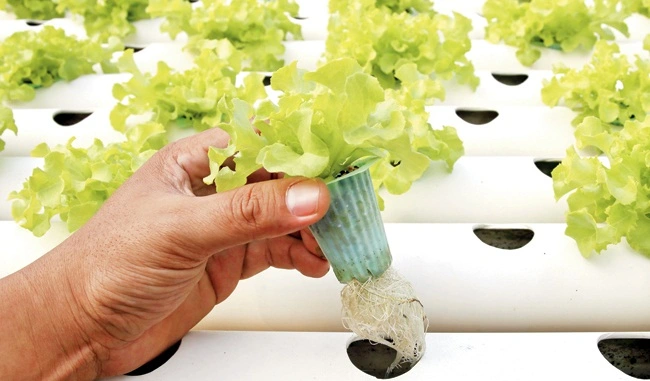Hydroponics is the cultivation of plants without soil, in which it receives all the necessary nutrients in the right quantities through the solution.
Advantages of hydroponics:
- The plant receives all the necessary nutrients in the right amount.
- The plant will grow faster than in the soil, and grows strong and healthy.
- At such cultivation productivity increases several times.
- The roots of the plants will never dry out.
- It is not necessary to water plants at such cultivation.
- Depending on the chosen capacity and system of cultivation, water should be added much less often: from 1 time in three days to 1 time in a month.
- Problems of pests and diseases (nematodes, cabbage, sciarids, fungal diseases, rots, etc.) disappear, and it is not necessary to apply chemicals to plants.
- The process of transplanting perennials is facilitated: it is not necessary to free the roots from the old soil.
- All you have to do is transfer the plant to a large container and add substrate.
- No need to buy soil for plants.
- The hydroponics system is very compact and does not take up much space.
- Hands are always clean, and in the house, on the balcony or in the greenhouse clean and tidy, no soil spills on the floor.
After mastering the basic concepts in hydroponics, you will grow almost everything – it is much easier than in the soil. If you use automated solution circulation systems (some of which are very easy to collect at home), the need for watering and fertilizing plants will disappear altogether.
Pots for hydroponics
You can buy a whole system for hydroponics with special pots, and you can make a system for hydroponics yourself.
The simplest utensils for hydroponics are made very quickly: from an ordinary plastic pot and any larger container (this container should hold enough water, be chemically safe and light-proof). The best example of such a container is a paper (1 liter) bag of juice or milk – a tetrapack, laid on its side with a precisely cut (on the side of the seam) hole under the pot.
The pot with the substrate should be immersed in the solution for 1-2 centimeters.
Substrate for hydroponics
Substrate: vermiculite, perlite, expanded clay, mineral wool, coconut fiber, foam or oasis, small stones. This substrate will cost no more than ordinary soil. But the soil, in contrast to the substrate, for hydroponics, must be changed annually during transplantation.
Special concentrated solution for hydroponics
One liter of solution is enough for one small (pelargonium, spathiphyllum) per year. Jars of concentrate intended for 100 liters of solution will suffice for 100 years or for the annual cultivation of 100 plants.
Read the instructions carefully and strictly follow the concentration of the solution recommended by the manufacturer.
The volume of water in the vessel for hydroponics should always be the same, add stagnant water from time to time; Once every three months, the water must be completely replaced, unless other measures are provided by the solution manufacturer.
For annual vegetable crops, a concentration higher than the average is recommended – about 1.25 times. In winter, during the dormant period, the concentration should be reduced by about 2-3 times from normal, and the water level, depending on the dormant period, should be reduced to a minimum.
The hydroponics system is a container with a liquid in which a plastic mesh cup with a plant is placed. To make the plant stable, gravel or expanded clay is poured into the glass.
The principle of hydroponics
From the tank, water, using a submersible pump (aquarium pump), flows into the upper structure of hydroponics and returns back to the tank, while washing the roots of plants.

What plants are suitable for growing in hydroponics
Almost all plants that can be grown from seeds are suitable for growing with the help of hydroponics: various salads and herbs, cherry tomatoes, bell peppers, cucumbers, herbs, strawberries – strawberries, annual and perennial flowers and houseplants. Salads and herbs grow very quickly and do not take up much space. It is not recommended to transfer to hydroponics adult plants with a delicate root system.
How to transplant plants in hydroponics
Remove the plant from the pot, soak the roots with soil for several hours in room temperature water. After that, gently wash the ground, try to untangle the roots and gently wash the remnants of the soil with a shower.
After cleaning the roots from soil residues, spread them down and, holding the plant, plant in a special pot, cover the roots with substrate (it is not necessary that the plant was completely immersed in water, the capillaries of the substrate solution will rise up, reaching the roots; the required depth). Then water the substrate on top with plain water, pour the desired level of water into the vessel and leave the plant for about 7 days. Only then can the water be replaced with a solution.
Important: Do not pour the solution immediately after transplantation!

How to grow seedlings in hydroponics

To grow seedlings in hydroponics, you need to have mineral wool or foam with small shallow recesses. We put seeds in each well, put them on a tray with water and wait for the seedlings. In phase 2 of these leaves, we transplant our seedlings into pots with soil for hydroponics and put in the system.

